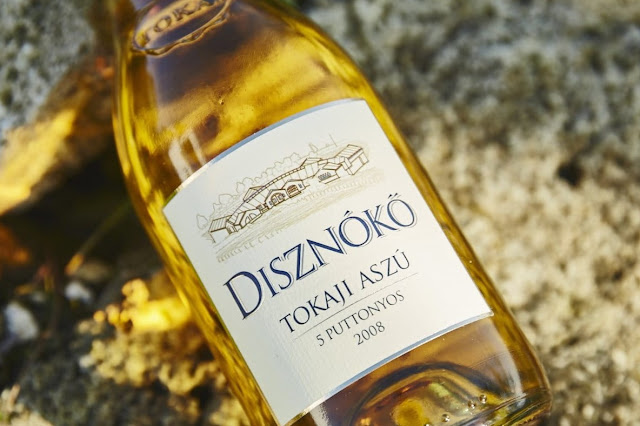Drink Tokaji Aszu before you die! Why?
Dubbed the wine of kings and the king of wines this golden nectar was nearly lost to the ruthless senselessness of Communism. Thankfully it was rescued once the Iron Curtain fell.
The region of Tokaji in Hungary has been making wine for at least 1000 years. Records suggest they were the first to make wine from grapes infected with the benevolent fungus Botrytis cinerea, known locally as aszu. They’ve been doing this since the 1500s. And, laws regulating how Tokaji is produced have been enforced since 1737, making it one of the oldest delimited wine regions in the world.
 |
Disznoko Tokaji Aszu 5 Puttonyos - a very sweet wine | © Disznókő - Furmint photo |
This sweet, luxurious, velvety liquid gold was a favorite of King Louis XIV of France and became a staple of the French royal court during the 1700s. It also struck accord with the Russian imperial court, the Habsburg monarchy and, of course, the Hungarian nobility. Hence, it became known as the ‘wine of Kings and king of wines’. Only the Cape of Good Hope’s Constantia rivalled the reputation of Tokaji during this period.
The sweetness level of a Tokaji Aszu wine is indicated by the number of puttonyos. A puttonyo is a traditional basket used for harvesting grapes. The sweet, concentrated, aszu grapes were added to barrels of dry wine to extract the sugars and flavors of the aszu berries. The more puttonyos added the sweeter and more concentrated the wine. Six puttonyos is typically the most added. Beyond this is rare Aszú Eszencia where only the juice of pressed aszu grapes is used.
 |
| Hand picking aszu berries for sweet wine | © Disznókő - Furmint photo |
It all became a bit of a shambles, though, when communism arrived in its glorious ignorance after WWII. Volume became the mantra with tradition and quality being ignored. Months after the iron curtain fell, legendary wine commentator Hugh Johnson and his team went into Hungry to help revive this legendary wine.
The significance and uniqueness of the Tokaj winemaking culture and traditions were recognized in 2002 hen the region became a UNESCO World Heritage site.